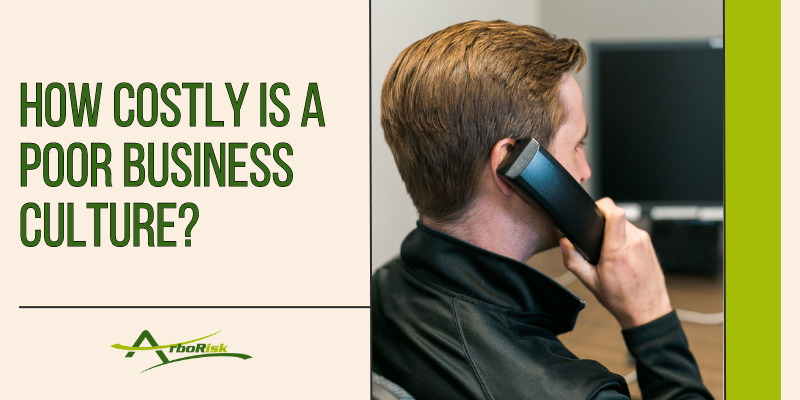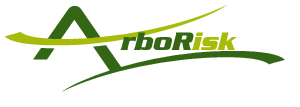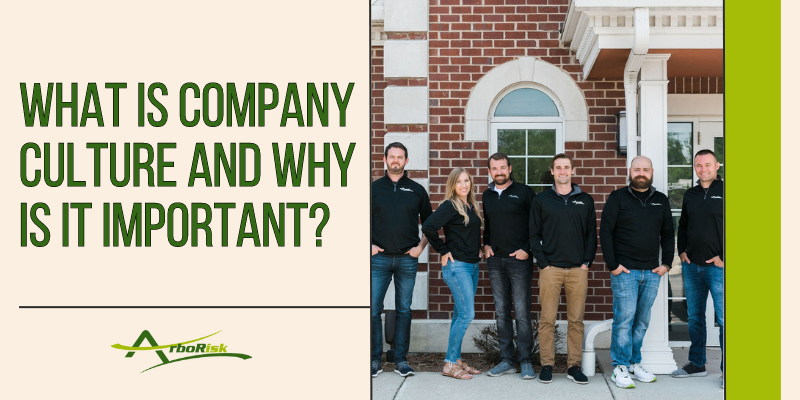How costly is a poor business culture?
How costly is a poor business culture?
Written by Kevin Martlage

In past weekly tips, we have spent quite a bit of time talking about the importance of having a supportive business culture. Additionally, we have written numerous articles about how to assess, develop and sustain that supportive culture to help further your company and retain your employees. One thing we have not specifically covered is what is the impact financially on your company when not having a supportive culture starts to get in the way of your ability to advance.
A key to building a supportive business culture is not only developing trust through effective and intentional communication and conflict resolution, but it also includes your ability as a leader to keep your employees engaged, motivated, and focused. Employee engagement can be defined in numerous ways, but fundamentally it is your team’s emotional commitment to their work, the company goals, and their daily impact. Employee engagement is a key indicator of a leader’s ability to lead and motivate members of their team towards their personal and company goals. This engagement must be deeply rooted in trust, communication, and mutually serving intentions to ensure that engagement is in alignment with the needs of the employee and the goals of the company.
There are numerous articles that have been written about the importance of employee engagement as a driver of organizational success, however there are three critical areas you must focus on to drive impactful employee engagement. Those areas include communication, execution, and trust, and specifically the alignment of expectations around those three areas. To find out more on how to focus on and develop those three areas, I encourage you to check out the article I wrote entitled, “What If Everything You Knew About Business Culture Was Wrong?” That article dives into the importance of looking at your business culture critically around those key areas.
As you continue to build a supportive business culture, it is critical to also think about how you will ensure a high level of employee engagement within that culture. Employee engagement is the number one driver when it comes to the fiscal impact a poor business culture may have on your company. When you think about employee engagement, there are typically five key indicators that are considered. Those key indicators include Performance, Productivity, Absenteeism, Retention and Customer Satisfaction. Those five areas are critical when it comes to building the employer / employee relationship which is the cornerstone of your company’s ability to deliver for your customers.
In a 2023 University of Pittsburg article, “Employee Relations: A Critical Area of HR Management” the author outlines specifically the benefits of focusing on employee relations. Those benefits include:
- Improved employee morale and engagement
- Increased productivity
- Improved retention
- Decrease absenteeism
- Decreased costs (due to eliminating high turnover)
- Positive company culture
The article also points out, “When employees feel valued, supported, and heard they are more likely to be engaged and motivated to perform at their best. Improved employee engagement will lead to better outcomes for the company, including increased revenue and a positive reputation.”
So, as leaders, if you can focus on building the employee relationship, while ensuring that you are aligned around properly supporting them and their values, you will continue to impact the key indicators of employee engagement critical to the overall success of your company. That focus will positively impact the financial performance of your company while also helping to build a sustainable and effective culture your employees enjoy working in.
If you look at the five areas of employee engagement mentioned earlier, it is easy to then understand how focused attention can positively impact the financial performance of your company. However, if you are not focused on employee engagement you can begin to impact your company financially as follows:
- Performance – A disengaged employee can begin to cause problems which impact overall employee morale while creating a potentially toxic work environment. This then creates a higher level of turnover and absenteeism while impacting performance.
- Productivity – A recent Gallup report said unengaged employees are 18% less productive than their engaged co-workers. Those that are unengaged cause the overall productivity of the company to drag while other must “step up” to help cover the loss in productivity.
- Absenteeism – The Center for Disease Control and Prevention (CDC) says the loss of productivity associated with absenteeism cost US Companies $225.8 billion annually. This includes approximately $3,600 for each hourly employee in unscheduled absenteeism annually.
- Retention – When employees are not engaged in their work, they become unhappy and eventually leave. This results in higher turnover which equates to a significant fiscal impact to the company for sourcing, hiring, training, and on-boarding. There are a lot of statistics out there, but on average it costs 6-8 months of an employee’s salary to replace them once they leave!
- Customer Satisfaction – Non engaged employees, who are not happy and feel unsupported, will provide poorer customer service, which will result in a loss of revenue and a low customer retention rate.
Employee engagement and its level of importance in the supportive business culture you develop and sustain is critical to the overall financial success of your company. The five critical areas listed above are just the beginning when it comes to the fiscal impact a poor business culture can have. Outside of employee engagement, you must also think about the lost time that is created when conflict is not resolved properly, communication is not intentional, and trust begins to be broken. As a leader, my number one encouragement to you is to remain focused on the support and engagement of your employees. Of course, the financial success of your company is important, but without an engaged team and an aligned and supportive business culture your sustainable success may be in jeopardy.
If you would like to learn more about developing and advancing your business culture, please check out one of our numerous Thrive packages or contact a Thrive Consultant today.




Recent Comments